
Fundamentals
Within the vibrant, ever-unfolding story of hair, particularly for those with curls, coils, and waves, the concept of Curl Equity emerges not as a mere term, but as a guiding principle. It is a gentle yet profound declaration of the inherent value residing within every unique strand, recognizing the distinct beauty and strength of textured hair. For Roothea, this idea forms the very heart of our understanding, a foundational stone in the journey of embracing one’s natural crowning glory. It suggests that all curl patterns, from the softest undulations to the most tightly wound coils, possess an equal standing in the world of beauty, care, and societal appreciation.
The initial meaning of Curl Equity, especially for those new to the expansive world of textured hair care, centers on a fundamental acknowledgment ❉ each curl, coil, and wave carries its own specific needs and a rich, often untold, narrative. This recognition moves beyond simplistic categorization, inviting a deeper appreciation for the diverse forms natural hair can take. It highlights that the care required for textured hair is not a burden, but a specialized art, a dialogue between oneself and the living crown upon one’s head. Understanding this foundational layer involves recognizing that the beauty standards often presented historically have frequently overlooked, or even actively diminished, the splendor of hair types prevalent in Black and mixed heritage communities.
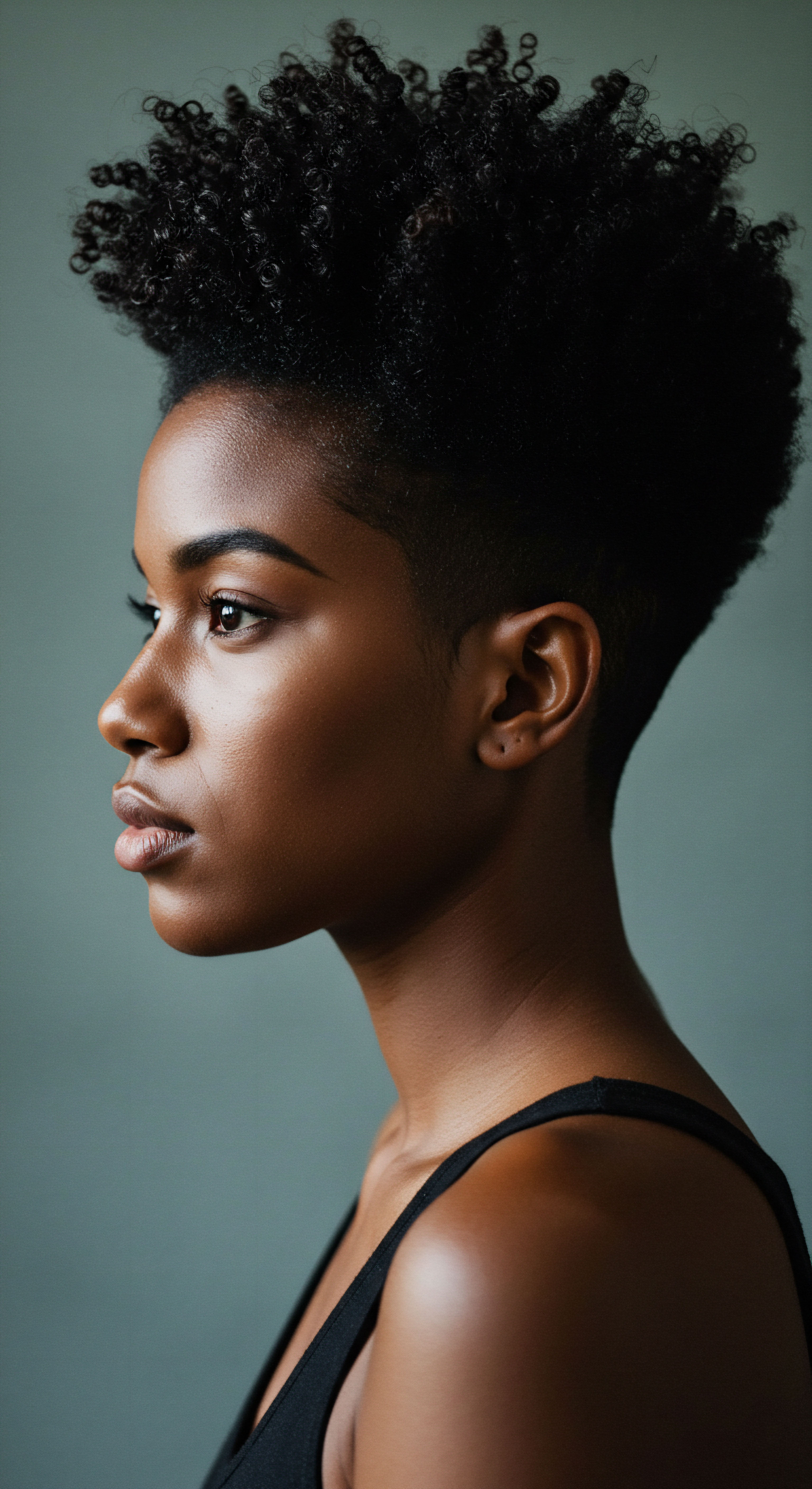
The Intrinsic Value of Texture
To grasp Curl Equity at its simplest, one must first appreciate the intrinsic value of textured hair itself. This appreciation extends to the unique structural properties that grant these hair types their characteristic bounce, volume, and resilience. Unlike straight hair, which allows natural scalp oils to travel down the shaft with ease, the intricate twists and turns of curly and coily strands can impede this journey, often leading to a drier hair type.
This inherent difference is not a flaw; it is a design feature, a testament to ancestral adaptations, requiring a thoughtful, moisture-rich approach to care. The acknowledgment of this biological reality forms the bedrock of Curl Equity, fostering an environment where care routines are tailored to genuine need, rather than imposed through a universal, often inappropriate, lens.
Curl Equity signifies the intrinsic worth and equal standing of all textured hair patterns in the realm of beauty and societal regard.
The very designation of “good” or “bad” hair, deeply rooted in colonial beauty standards, begins to dissolve under the gentle light of Curl Equity. It clarifies that hair’s quality resides in its health, its vibrancy, and its alignment with the individual’s sense of self, rather than conforming to a narrow, Eurocentric ideal. This initial understanding encourages a shift in perspective, promoting self-acceptance and a genuine curiosity about one’s unique hair composition. It invites a departure from past conditioning, opening a path toward informed, loving care that celebrates what naturally exists.
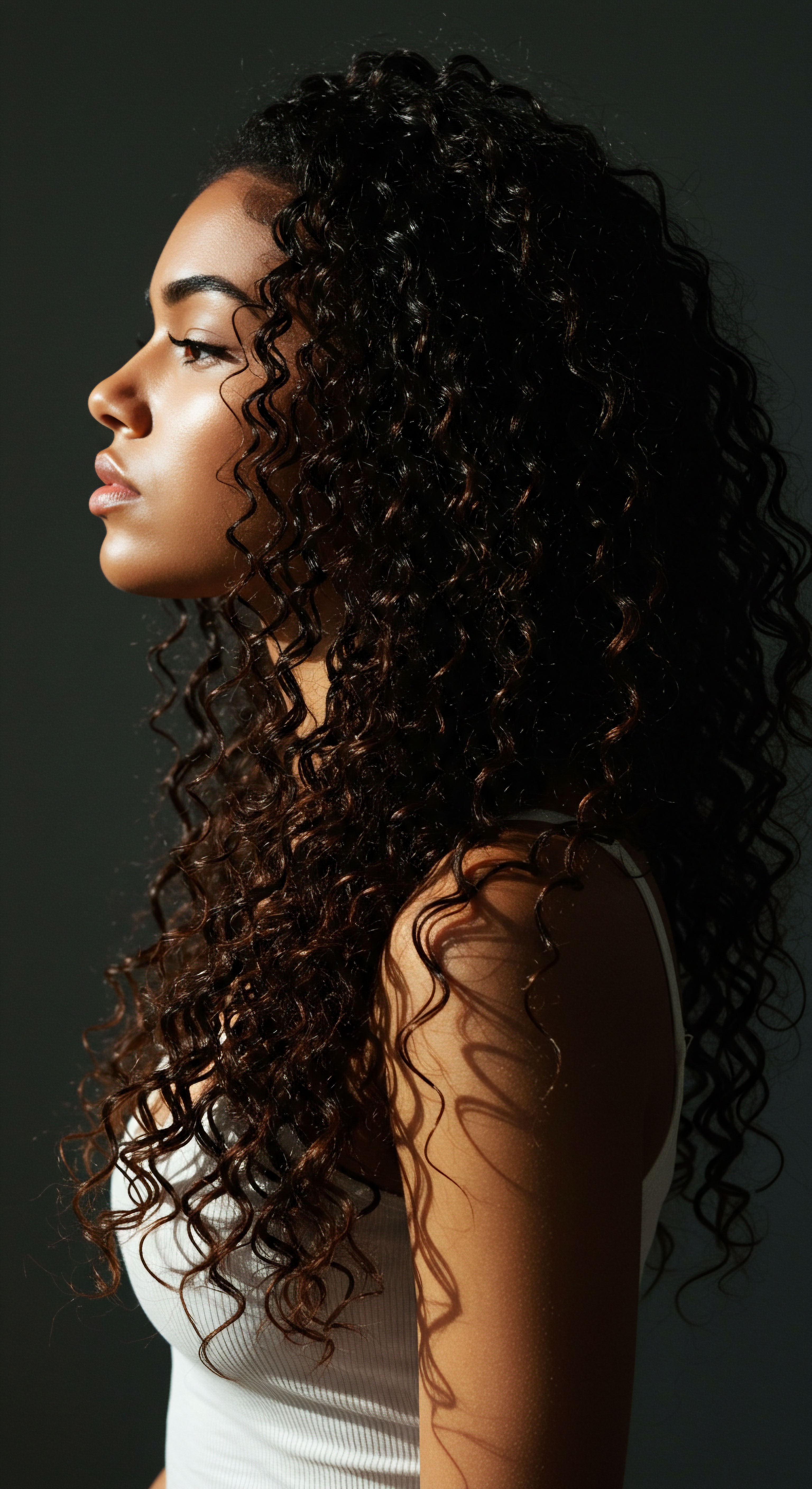
Foundational Elements of Textured Hair Care
For newcomers to the world of natural curls, understanding a few basic elements is key to building a foundation of Curl Equity in their daily routines.
- Moisture Retention ❉ Textured hair tends to be drier due to its structure, necessitating consistent hydration through water-based products and emollients.
- Gentle Handling ❉ The delicate nature of curl patterns requires a soft touch, particularly during detangling, to prevent breakage and preserve the integrity of the strands.
- Protective Styling ❉ Styles that shield hair from environmental stressors and manipulation, such as braids, twists, and buns, play a significant role in maintaining health and growth.
Embracing Curl Equity at this fundamental level means approaching hair care with a sense of wonder and respect, learning to listen to what the hair truly requires rather than imposing what society dictates. It is a quiet revolution, beginning with each individual’s serene acceptance of their authentic texture.

Intermediate
Stepping beyond the initial appreciation of Curl Equity, an intermediate understanding delves into the practical dimensions and societal reflections of this concept. Here, the definition expands to encompass how the inherent value of textured hair intersects with daily practices, community interactions, and the subtle yet persistent challenges encountered within the broader world. This phase of comprehension requires acknowledging that while the individual journey of hair acceptance is paramount, it does not exist in isolation. It is deeply influenced by historical contexts and ongoing social dynamics that shape access, perception, and even the economics of textured hair care.
The meaning of Curl Equity at this stage involves recognizing the systemic disparities that have historically impacted, and continue to affect, individuals with Black and mixed-race hair. It focuses on how these disparities manifest in tangible ways, from the availability of appropriate products to the unspoken biases that can influence social and professional settings. For instance, the very act of seeking out suitable hair care items can become a frustrating quest, often marked by higher costs and limited selections. This economic aspect, sometimes termed the “Afro Tax,” reveals a layer of inequity embedded within the market itself.
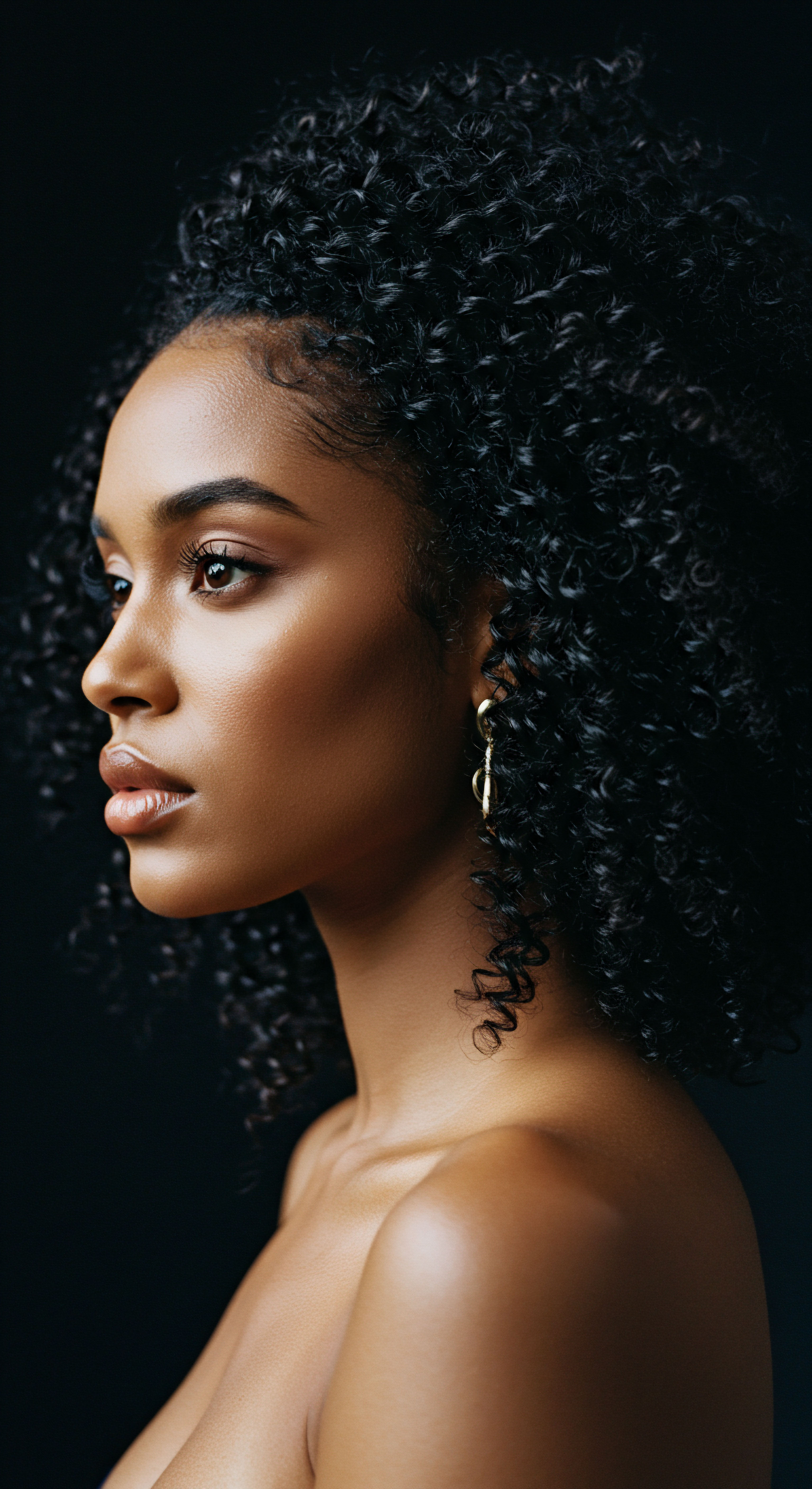
Navigating the Economic Landscape of Curls
A deeper exploration of Curl Equity brings to light the economic realities faced by those with textured hair. The market, for many years, neglected the specific needs of curls and coils, leading to a scarcity of products designed with genuine understanding. Even with the recent surge in natural hair product lines, a concerning disparity in pricing persists.
A 2023 study published in the International Journal of Women’s Dermatology illuminates this challenge, reporting that Black Women Spend Nine Times More on Ethnic Hair Products Than Non-Black Consumers. This stark data point reveals a significant economic burden, where the pursuit of healthy, well-maintained textured hair often comes at a premium, a subtle yet pervasive form of financial discrimination.
The pursuit of healthy textured hair often incurs a disproportionate financial burden, a tangible manifestation of inequity.
This economic reality extends beyond product cost to the accessibility of skilled stylists who genuinely comprehend the intricacies of textured hair. Many individuals with curls, coils, and waves recount experiences of stylists lacking the expertise to properly cut, color, or care for their unique hair types, leading to damaged strands or unsatisfactory results. Curl Equity, therefore, calls for a rebalancing of the market, advocating for equitable pricing, wider availability of specialized products, and a greater investment in professional training that embraces the full spectrum of hair textures. It is about ensuring that the choice to wear one’s hair naturally does not become a financial or practical impediment.

Community and Rituals of Care
Beyond economics, an intermediate understanding of Curl Equity appreciates the communal and ritualistic aspects of textured hair care. For generations, hair styling has been a communal event, a time for sharing stories, wisdom, and nurturing bonds. This cultural significance is an integral part of Curl Equity, highlighting the social fabric woven around hair.
- Shared Knowledge ❉ Textured hair communities often serve as invaluable spaces for exchanging care tips, product recommendations, and styling techniques, building collective expertise.
- Intergenerational Learning ❉ The transmission of hair care practices from elders to younger generations reinforces cultural identity and historical continuity.
- Ritualistic Self-Care ❉ Wash days and styling sessions evolve into meditative rituals, moments of connection with one’s heritage and a quiet affirmation of self-worth.
This deeper understanding of Curl Equity recognizes that while individual choice is celebrated, the journey of textured hair is often a shared one, rooted in cultural legacy and supported by collective experience. It acknowledges the beauty not only of the hair itself but of the hands that care for it and the stories exchanged during its tending.
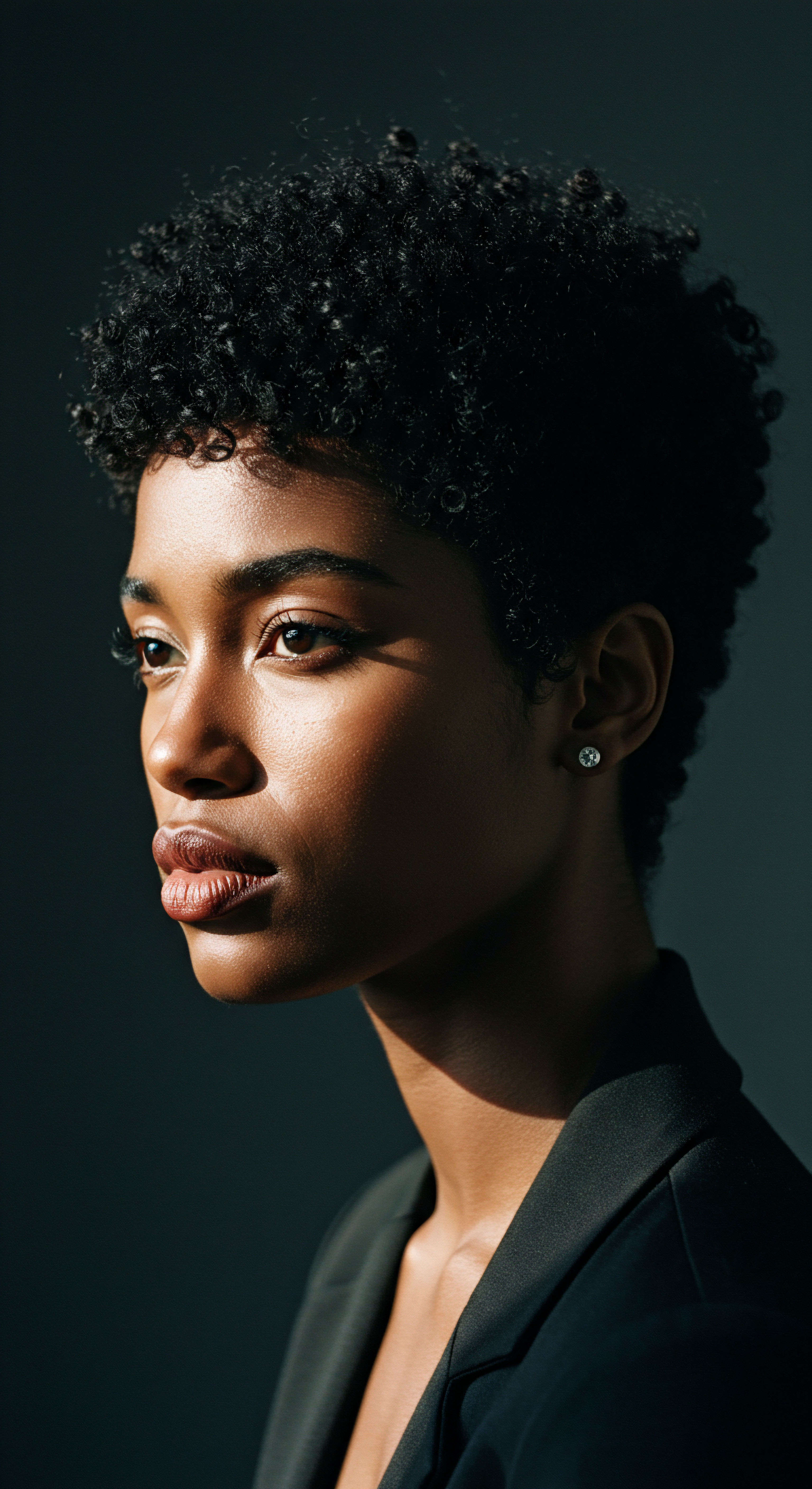
Advanced
At its most sophisticated articulation, Curl Equity transcends a simple definition; it is a profound philosophical framework, a critical lens through which we examine the intricate interplay of biology, history, psychology, and societal power dynamics as they pertain to textured hair. This advanced interpretation of Curl Equity is not merely about fairness in products or services, but about dismantling centuries of systemic devaluation, reclaiming ancestral wisdom, and fostering a future where the inherent dignity of every curl, coil, and wave is unequivocally affirmed, protected, and celebrated. It represents a comprehensive understanding of hair as a site of profound cultural identity, economic disparity, and persistent social struggle, particularly for individuals of Black and mixed heritage.
The meaning of Curl Equity, viewed through this expert prism, encompasses a rigorous analysis of the historical subjugation of textured hair, often forced into conformity with Eurocentric beauty ideals. This historical context reveals how hair became a battleground for identity and acceptance, with profound psychological consequences. The systematic conditioning that led to the internalization of negative perceptions—where natural hair was deemed “unprofessional” or “unruly”—has left an indelible mark on self-perception and mental well-being. This layer of Curl Equity demands not only awareness but also active redress, recognizing the trauma associated with hair discrimination and advocating for therapeutic and policy-driven interventions.
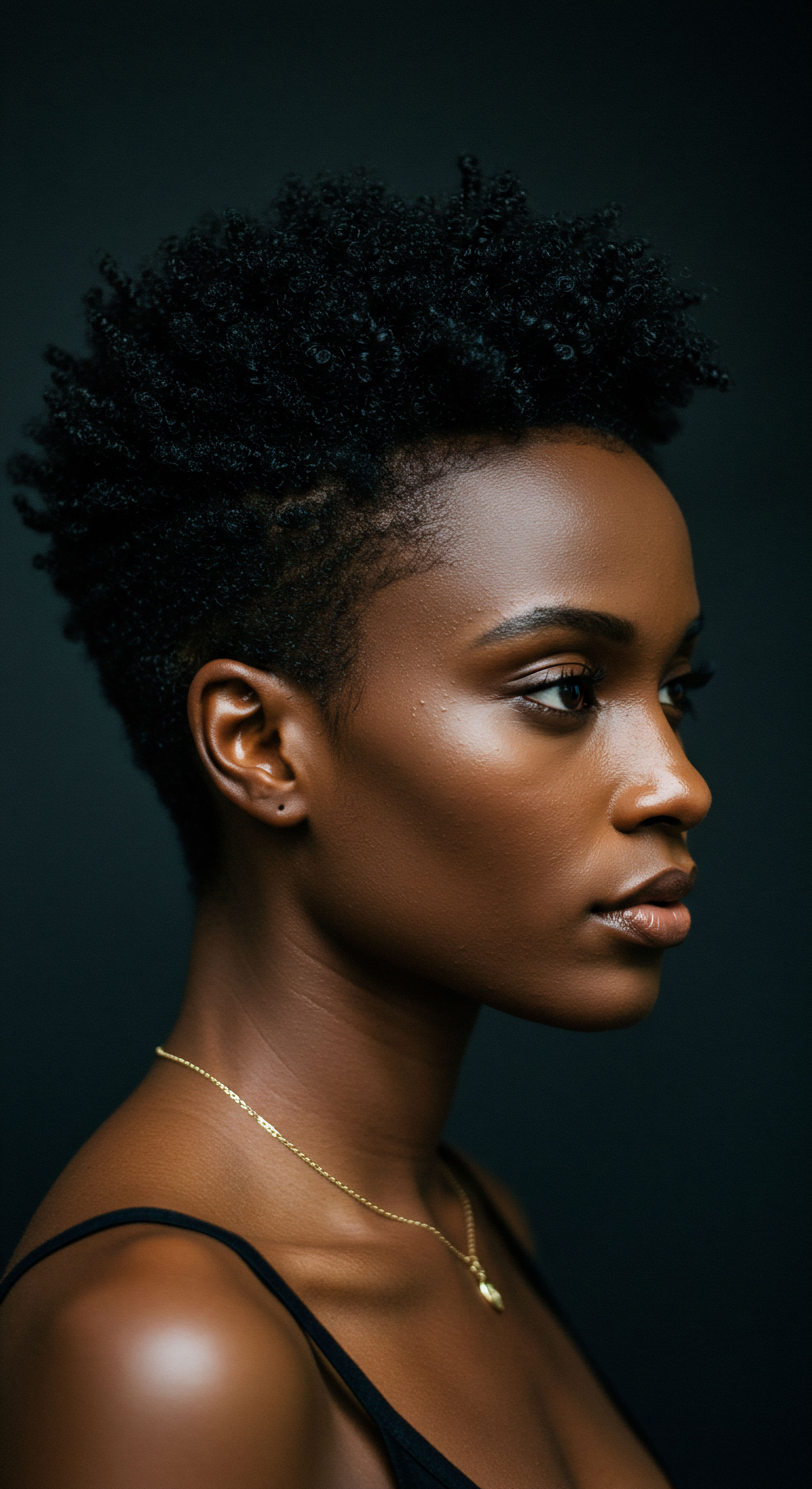
The Deep Roots of Hair Discrimination and Psychological Impact
The advanced study of Curl Equity necessitates a unflinching look at the historical and ongoing realities of hair discrimination. From the Tignon Laws of 18th-century Louisiana, which mandated Black women cover their hair, to modern-day workplace policies that disproportionately penalize natural styles, the suppression of textured hair has been a tool of racial control. This persistent societal pressure has significant psychological repercussions.
Research reveals that Black adolescent girls, in particular, are significantly more likely to experience hair-related discrimination and dissatisfaction, which in turn leads to increased feelings of depression compared to their peers. This direct correlation between hair-based bias and mental health underscores the critical importance of Curl Equity as a mental wellness imperative, not merely a beauty standard.
The internalization of negative societal messages, such as textured hair being labeled “nappy” or “kinky,” contributes to what some researchers term “hair depression” or “hair anxiety,” a phenomenon predominantly observed among Black women. This psychological burden manifests as chronic stress, diminished self-esteem, and even anxiety about navigating professional or academic spaces. The advanced interpretation of Curl Equity calls for a therapeutic approach to hair care, acknowledging that healing often begins with the conscious re-framing of self-perception and a celebration of authentic identity. It requires an understanding that the external treatment of hair directly impacts internal well-being, demanding a holistic, compassionate framework for care and advocacy.
| Dimension of Impact Professional Barriers |
| Manifestation in Life Less likely to receive job interviews; job offers rescinded due to natural hairstyles. |
| Source of Information Michigan State University & Duke University (2020) |
| Dimension of Impact Economic Disparity |
| Manifestation in Life Higher spending on ethnic hair products; coily/curly products priced higher per ounce. |
| Source of Information International Journal of Women's Dermatology (2023) |
| Dimension of Impact Psychological Distress |
| Manifestation in Life Increased depression, anxiety, low self-esteem due to discrimination and societal pressure. |
| Source of Information Journal Body Image (2025); Howard University News Service (2024) |
| Dimension of Impact Social Stigma |
| Manifestation in Life Perception of natural hair as "unprofessional" or "unruly" in various settings. |
| Source of Information The Person Beneath the Hair (2023); Don't Get It Twisted (2024) |
| Dimension of Impact These impacts underscore the multifaceted nature of hair discrimination and the critical need for Curl Equity. |

Scientific Underpinnings and Equitable Product Development
From a scientific standpoint, Curl Equity demands a rigorous, unbiased approach to understanding the unique biomechanical and chemical properties of textured hair. This includes recognizing the distinctive follicular shape, the distribution of disulfide bonds, and the inherent porosity variations that characterize curls and coils. An advanced explication of Curl Equity calls for cosmetic chemists and product formulators to move beyond superficial “curl-typing” systems and truly innovate based on the fundamental science of textured hair. This involves developing formulations that genuinely address the hair’s propensity for dryness, its susceptibility to breakage from manipulation, and its need for specific humectants, emollients, and protein balances.
The corporate responsibility within Curl Equity is immense. It calls for transparency in ingredient sourcing, ethical manufacturing practices, and a commitment to research that prioritizes the health and integrity of textured hair, rather than simply marketing trends. It means investing in diverse research teams who understand the lived experiences of their target consumers, ensuring that scientific advancements are culturally attuned and genuinely beneficial. This deep understanding also extends to challenging the notion of “one-size-fits-all” solutions, instead championing personalized care that respects the vast spectrum of curl patterns and their individual needs.
True Curl Equity necessitates scientific innovation and ethical corporate practices that genuinely cater to the distinct biological needs of textured hair.
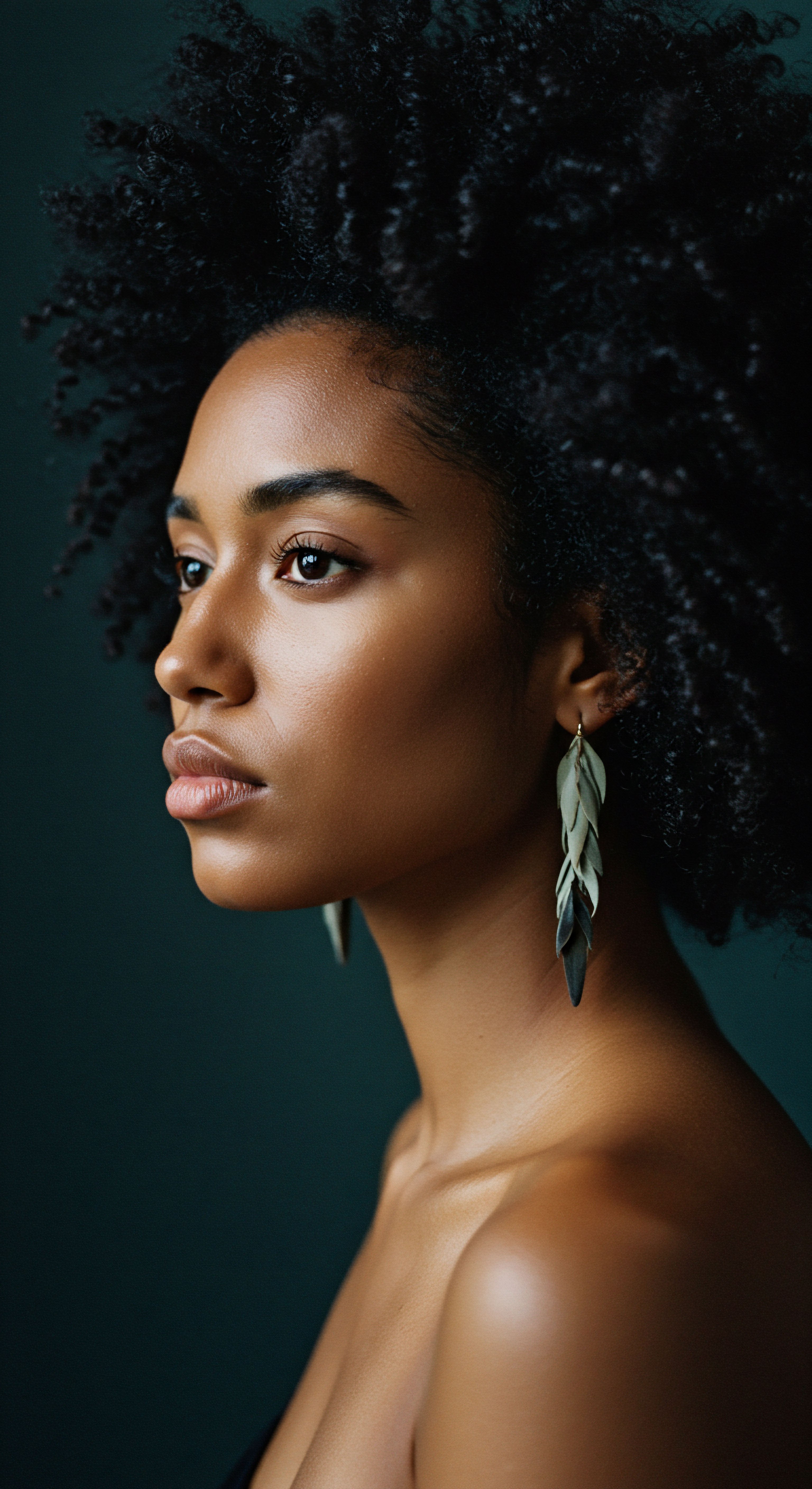
Policy, Advocacy, and the Future of Curl Equity
The most advanced dimension of Curl Equity lies in its application to policy and systemic change. The passage of legislation like the CROWN Act in various U.S. states, prohibiting race-based hair discrimination, represents a significant, yet initial, step towards legal recognition of hair as an protected characteristic.
However, Curl Equity calls for a broader, more deeply embedded transformation. It advocates for comprehensive anti-discrimination policies in all sectors—education, employment, healthcare, and media—that go beyond mere legality to foster environments of genuine inclusion and affirmation.
Furthermore, this expert perspective on Curl Equity emphasizes the importance of media representation that authentically portrays the beauty and diversity of textured hair, dismantling long-held stereotypes and promoting positive self-image. It also encourages educational institutions to integrate culturally competent hair care into curricula for stylists, dermatologists, and healthcare providers, ensuring that future professionals possess the knowledge and sensitivity required to serve diverse populations equitably. The long-term success of Curl Equity hinges on a collective commitment to ❉
- Legislative Reform ❉ Expanding and enforcing laws that protect individuals from hair-based discrimination in all contexts.
- Educational Overhaul ❉ Integrating comprehensive, culturally sensitive textured hair education into professional training programs across industries.
- Industry Accountability ❉ Holding brands and service providers responsible for equitable product development, fair pricing, and inclusive marketing.
- Community Empowerment ❉ Supporting grassroots initiatives and platforms that celebrate textured hair, share knowledge, and provide safe spaces for self-expression.
- Psychological Healing ❉ Developing and promoting resources that address the mental and emotional impacts of hair discrimination, fostering resilience and self-love.
Ultimately, Curl Equity at this advanced level is a call to action, urging us to recognize that the way we perceive, treat, and value textured hair is a direct reflection of our commitment to broader social justice and human dignity. It is a continuous endeavor to cultivate a world where every curl is not just seen, but truly valued, understood, and allowed to flourish without constraint.
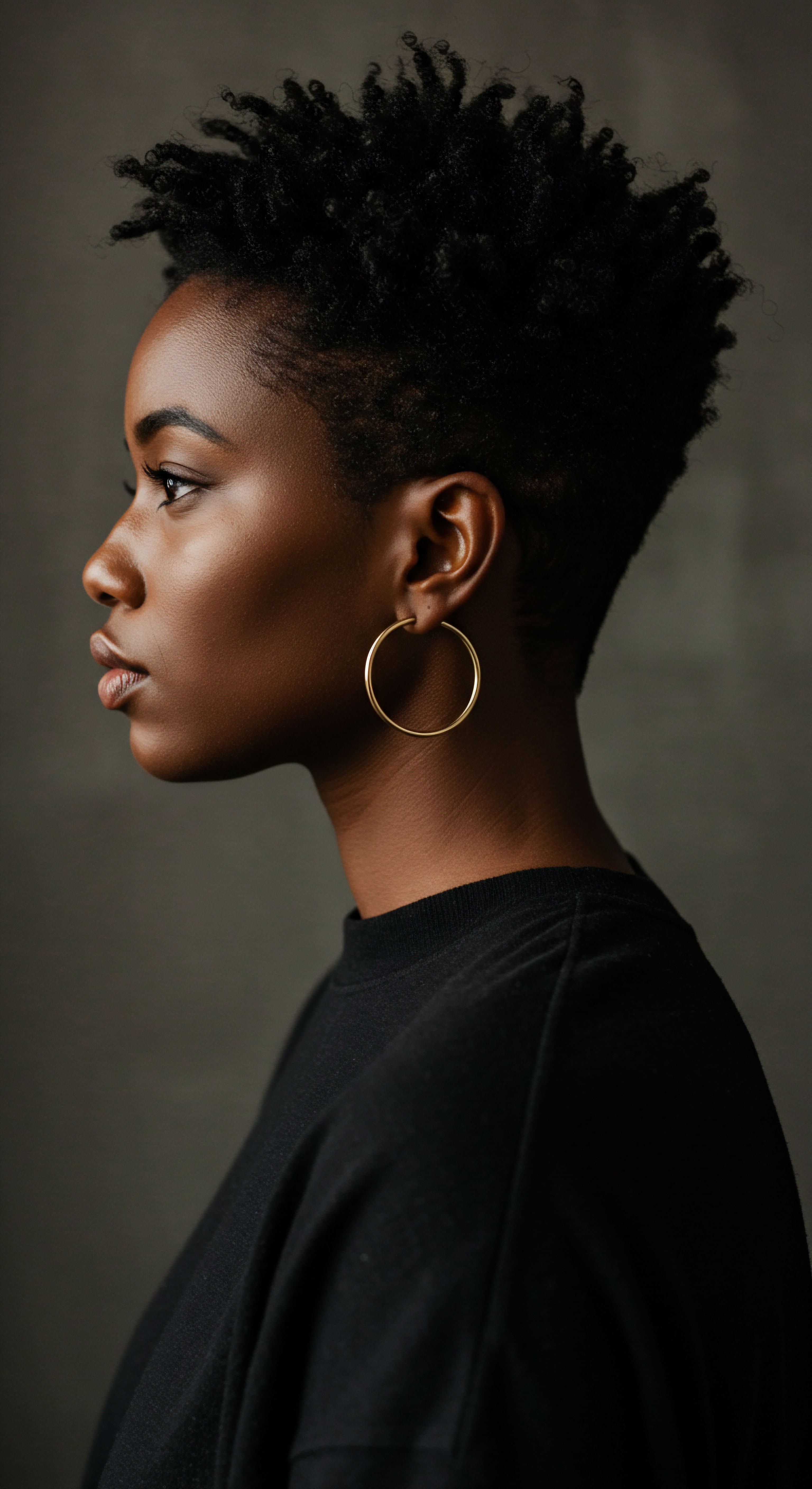
Reflection
The journey through Curl Equity reveals a tapestry of interconnectedness, where each strand of hair holds not only its biological blueprint but also echoes of history, whispers of cultural heritage, and the resonant hum of individual identity. We have witnessed how the gentle embrace of one’s natural texture can transform into a powerful act of self-affirmation, a quiet rebellion against narrow beauty standards. The complexities unveiled, from the historical burdens carried by Black and mixed-race hair to the persistent economic disparities in its care, remind us that true equity is a destination requiring both empathy and unwavering commitment.
This exploration encourages us to look beyond the superficial, inviting a deeper appreciation for the profound significance of hair as a marker of self, a vessel of stories, and a canvas for expression. Roothea believes that understanding Curl Equity is more than acquiring knowledge; it is about cultivating a compassionate gaze, fostering environments where every individual feels seen, valued, and empowered to wear their hair with unburdened pride. The path forward is illuminated by the shared wisdom of ancestors, the rigorous insights of science, and the nurturing spirit of community, guiding us toward a future where the beauty of every curl is celebrated universally.
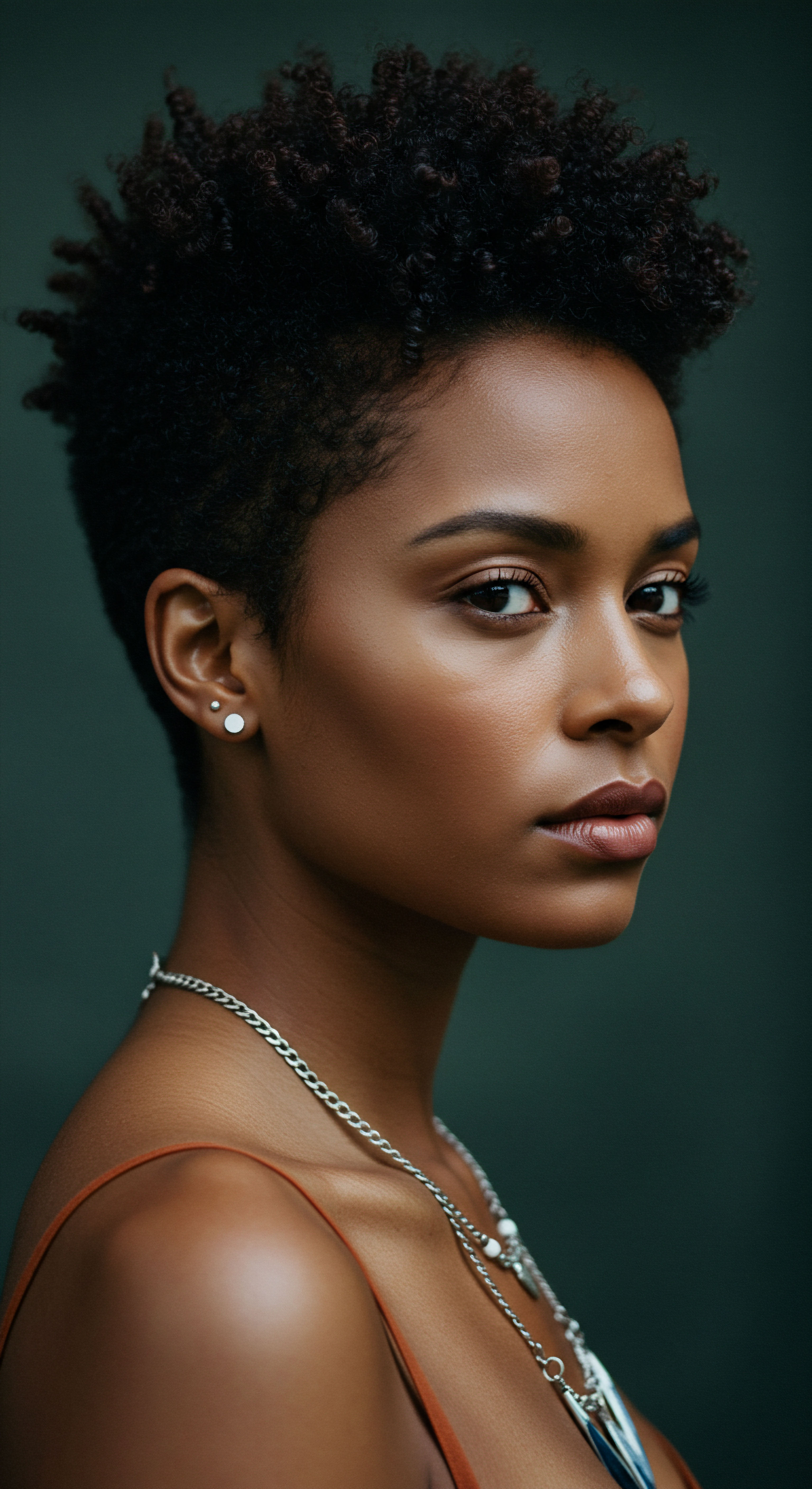
References
- Nkimbeng, M. Rumala, B. B. M. Richardson, C. M. Stewart-Isaacs, S. E. & Taylor, J. L. (2023). The Person Beneath the Hair ❉ Hair Discrimination, Health, and Well-Being. Health Equity, 7(1), 543–548.
- Berkemeyer, C. (2020). New growth ❉ Afro-textured hair, mental health, and the professional workplace. Journal of the Legal Profession, 44(2), 279–292.
- Maharaj, C. (2025). Beyond the roots ❉ exploring the link between black hair and mental health. Research .
- Davis-Sivasothy, A. (2011). The Science of Black Hair ❉ A Comprehensive Guide to Textured Hair Care. Sivasothy.
- Dabiri, E. (2019). Twisted ❉ The Tangled History of Black Hair Culture. Harper Perennial.
- Byrd, A. & Tharps, L. D. (2001). Hair Story ❉ Untangling the Roots of Black Hair in America. St. Martin’s Press.
- Koval, C. Z. & Rosette, A. S. (2020). The Natural Hair Bias in Job Recruitment. Social Psychological and Personality Science, 11(7), 969-977.
- Sow, Y. N. Onalaja-Underwood, A. A. Jackson, T. K. Taylor, S. C. & Ogunleye, T. A. (2023). Minority hair tax ❉ pricing bias in haircare products. International Journal of Women’s Dermatology, 9(4), e074.
- Mbilishaka, A. M. (2024). Don’t Get It Twisted ❉ Untangling the Psychology of Hair Discrimination Within Black Communities. American Journal of Orthopsychiatry .
- Caffrey, C. (2023). Afro-textured hair. EBSCO Research Starters .
- Lisse, A. (2025). UConn Researcher Sheds New Light on Importance of Hair Satisfaction for Black Adolescent Girls. Body Image .